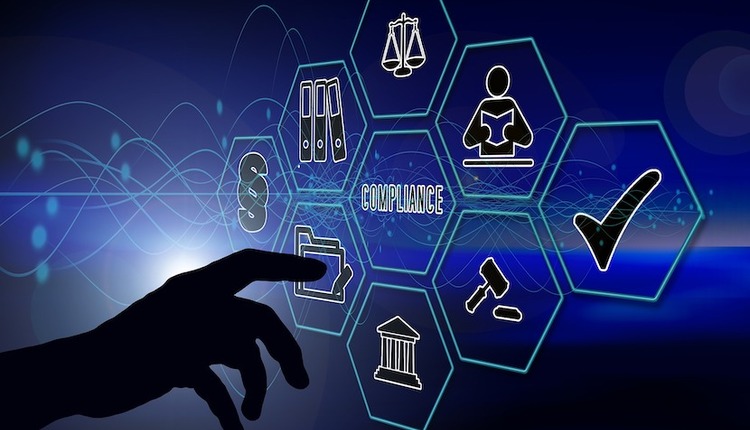
Looking at the 28 topics that DOCUMENT Media highlights for subscribers and knowledge management (KM) practitioners on its website, I couldn’t help but notice that some of them were direct contributors to multiple stakeholders' perceptions about a company, while others were more indirect and mattered most to smaller, niche audiences.
The parallel between the top drivers of knowledge management (those top 10 topics or issues of the 28) and the top drivers of corporate reputation (standard 23 attributes across seven dimensions: Products & Services, Innovation, Workplace, Governance, Citizenship, Leadership and Financial Performance) is striking to this somewhat biased observer, which makes the exploration and interplay between the two an easy focus for a mid-summer article.
NOTE: This is not a quantitative-based argument, as I didn’t comb Reputation Institute’s normative database on the RepTraK™ model back to 2006. But it is based on first-hand knowledge of two dozen multi-stakeholder deep-dive research projects over the past five years across five continents and more than 10 different stakeholders, from employees to influencers of all shapes and sizes to commercial audiences.
Governance (comprises 16.5% of corporate reputation in 2014 with the US general public; defined by Reputation Institute (RI) as fair in business, behaves ethically and open and transparent): Security and privacy are two concepts that underpin the notion of governance to most stakeholders, and the fact that the NSA spying scandal and Target data breach both happened in the US does not limit this to a purely American phenomenon. Thus, the cloud, compliance/e-discovery, storage/archive and records management/security issues where KM plays a leading role in the strategy and execution for the organization now have a major impact on your company’s reputation in 2014.
Products & Services (comprises 16.7% of corporate reputation in 2014 with the US general public; defined by RI as high quality, value for money, stands behind products/services and meets customer needs): The 2008-09 global financial crisis reduced the overall importance of perceptions of products & services as the #1 driver of corporate reputation, but there is no mistaking that the customer experience is driven primarily by how these perceptions meet their own personal shopping/buying journey. Here, customer service management and business process management are still stalwarts of KM capabilities that began in the go-go 1990s when customer relationship management (CRM) and process reengineering was all the rage. The proper balance of people, process and technology from a resource and investment standpoint remains the “Holy Grail” in improving customer satisfaction and loyalty while bringing down transaction costs at the same time. For most companies two decades after starting this journey, it is less King Arthur and more Monty Python’s version of the Grail that they are chasing.
MORE: What Your Big Data Says About You as a Company
Workplace (comprises 13.4% of corporate reputation in 2014 with the US general public; defined by RI as those that offer equal opportunities, rewards employees fairly and promotes employee well-being): Even when you know someone who works at a large company, do you really know what it’s like to work at that company? Perceptions about workplace conditions are fairly malleable and susceptible to larger swings than other reputation dimensions based on a single data point or a series of negative stories about the company. Not surprisingly, KM core competencies, like change management, disaster recovery, email management, social networking/collaboration and enterprise content management, can be the difference between being seen as an “employer of choice,” winning the war for talent, or potentially being left behind when competitors are better at translating their corporate values to employees, who, in turn, are able to internalize them and become brand ambassadors.
Innovation (comprises 13.2% of corporate reputation with the US general public; defined by RI as being innovative, first to market and adapts quickly to change): This is the most slippery of the seven rational dimensions of corporate reputation, as one person’s innovation is another’s me-too. Having said that, it is clear that 2014 in many ways has become the year of digital rights management, mobile technology coming of age, as well as the further personalization of marketing. Think about how big the FIFA World Cup was around the world–and how numerous organizations were able to connect to passionate fans through great content. In many cases across countries and industries, official sponsors were not seen as the best or most innovative on connecting people to the pitch in Brazil. How quickly your organization can take advantage of innovation as a reputation multiplier, and not merely “innovation for innovation sake,” is one of the bigger developments that KM can help influence and prove to the business.
Of course, the “missing” three dimensions of corporate reputation (Citizenship, Leadership and Financial Performance) are also impacted by various knowledge management challenges and opportunities. I am not saying that ideas like automation, capture/imaging, document recovery, document design, document management, electronic documents, forms management, IT, mailin, print production, remittance/AP payment processing, SharePoint or workflow are not important.
The key is how multiple KM ideas and issues cluster together around larger societal expectations that permeate multiple audiences where corporate reputation managers are busy creating engagement strategies and new KPIs to gauge organizational relevance and effectiveness. The further convergence of knowledge management and reputation management is certainly a topic worthy of more detailed exploration in this column in the months ahead.




















